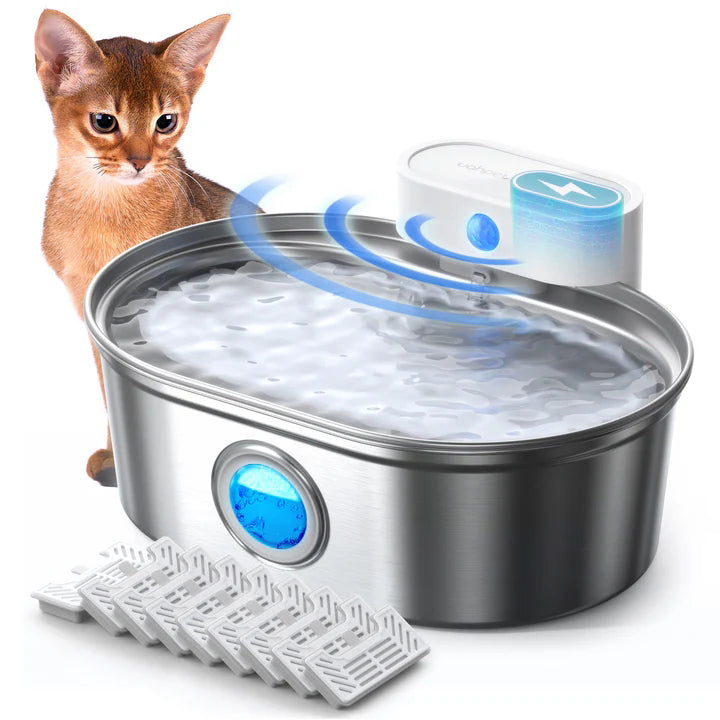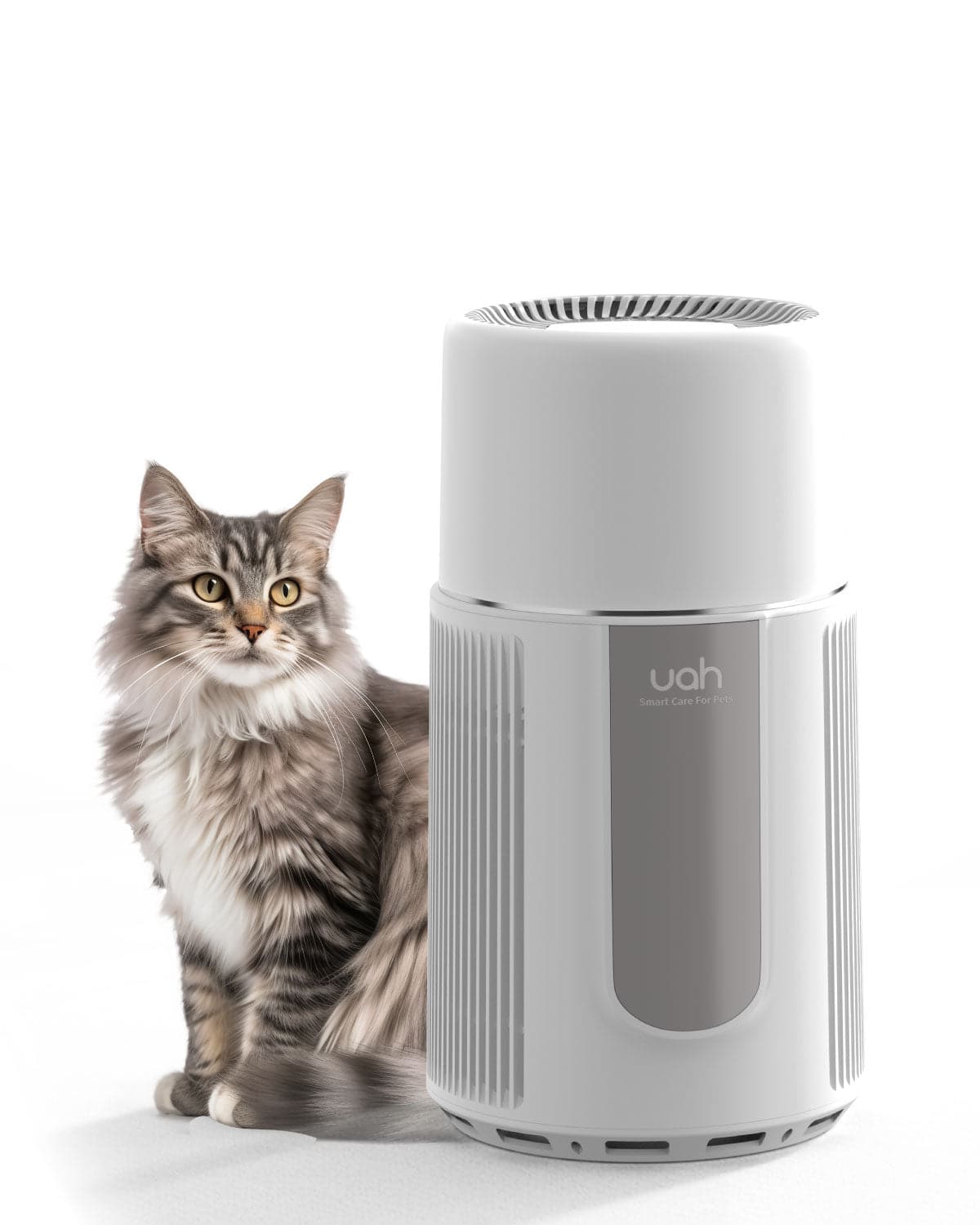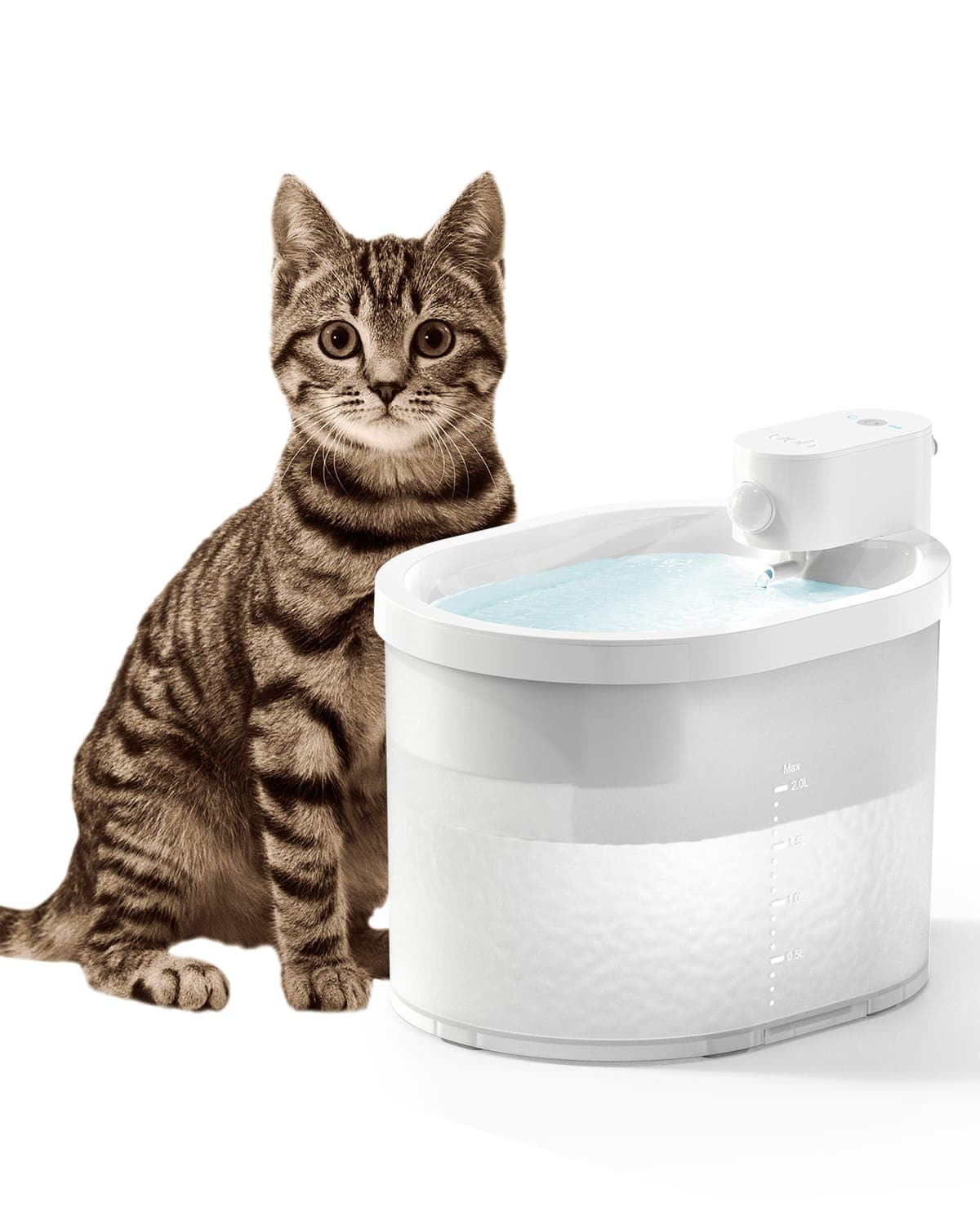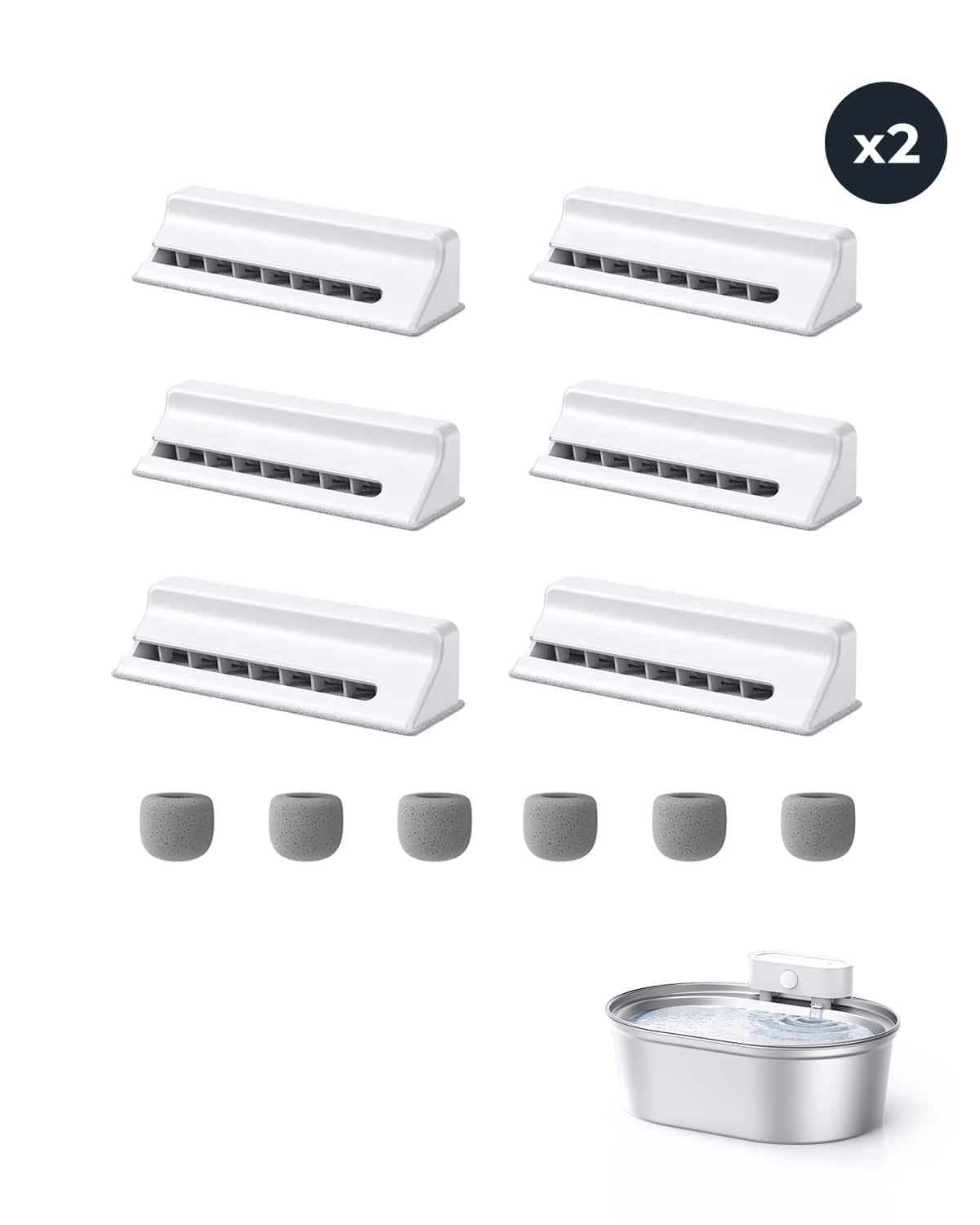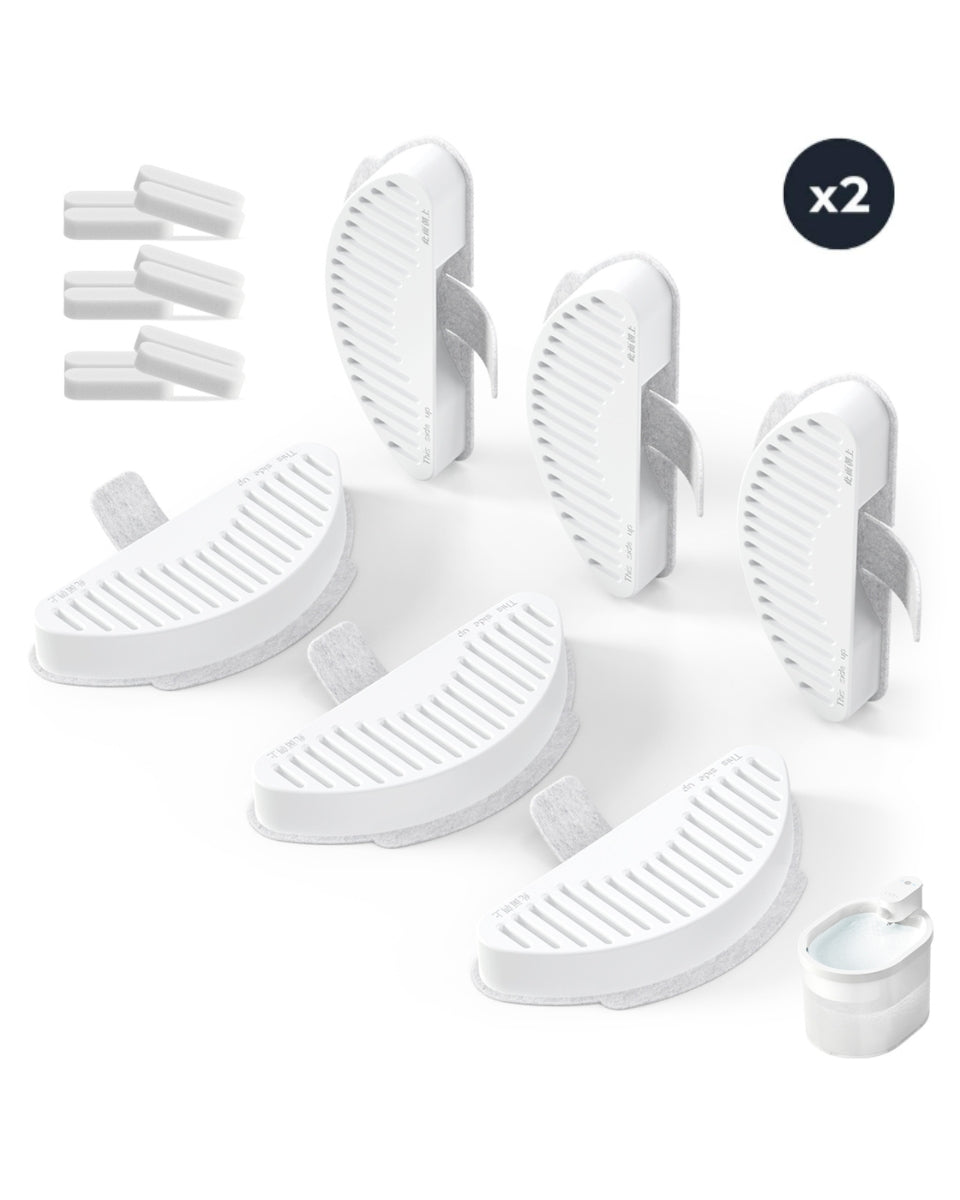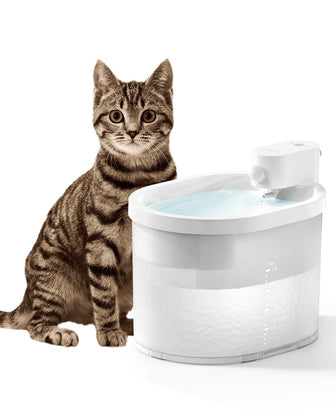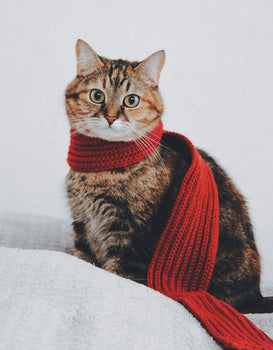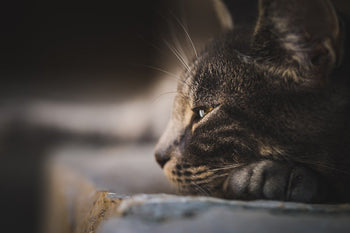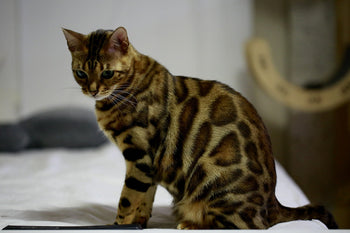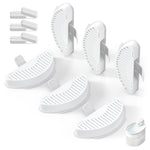Many cat owners know how important it is to provide their feline friends with nutritious food, but they may not realize that hydration is equally important. Proper hydration is vital for a cat's overall health and well-being, and it can help prevent a range of health problems. But how much water should cats be drinking, and what factors can affect their water intake?
The Importance of Hydration for Cats cannot be overstated. Cats are obligate carnivores, which means they require a meat-based diet to thrive. However, the high protein content in their food can make them prone to dehydration. In the wild, cats get most of their water from the prey they consume, but domestic cats rely on their owners to provide them with fresh water. Dehydration can lead to a range of health problems, including urinary tract infections, kidney disease, and even organ failure. Therefore, it's crucial to ensure that your cat is drinking enough water to stay healthy.
How Much Should My Cat Be Drinking? A Guide to Proper Hydration for Feline Friends
Key Takeaways
Proper hydration is vital for a cat's overall health and well-being.
Cats require a meat-based diet, which can make them prone to dehydration.
Dehydration can lead to a range of health problems, so it's crucial to ensure that your cat is drinking enough water to stay healthy.
The Importance of Hydration for Cats
Cats are known to be finicky drinkers, but proper hydration is crucial to their overall health and well-being. Adequate water intake helps maintain proper bodily functions, prevent urinary tract issues, and keep your cat feeling their best.
Significance of Proper Hydration
Water makes up approximately 60% of a cat's body weight, and plays a critical role in maintaining their health. Proper hydration helps regulate body temperature, aids in digestion, and supports organ function. Without enough water, cats can become dehydrated, which can lead to a range of health issues.
Water's Role in Bodily Functions
Water is essential for many bodily functions, including maintaining healthy skin and coat, lubricating joints, and flushing toxins from the body. It also helps regulate blood pressure and supports the immune system. Cats who do not drink enough water are at risk of developing health problems, such as kidney disease and urinary tract infections.
Prevention of Urinary Tract Issues
Cats are prone to urinary tract issues, which can be caused by a variety of factors, including dehydration. When cats do not drink enough water, their urine becomes concentrated, which can lead to the formation of crystals and stones in the urinary tract. These blockages can cause discomfort and even lead to life-threatening conditions if left untreated.
To ensure your cat is properly hydrated, provide fresh, clean water at all times, and consider offering wet food, which contains more moisture than dry food. You can also encourage your cat to drink more water by providing a cat water fountain, which can make drinking more appealing and convenient.
Related Posts:

Factors Affecting a Cat's Water Intake
A cat's water intake can vary due to various factors, including influences on drinking habits, age, size, activity level, health conditions, and medications.
Influences on Drinking Habits
Cats are known for being finicky drinkers, and many factors can influence their drinking habits. For example, the location of the water bowl, the type of bowl, and the freshness of the water can all impact a cat's water intake. Some cats prefer running water, while others prefer still water. Additionally, cats may drink less if they are stressed, anxious, or in a new environment.
Impact of Age, Size, and Activity
Age, size, and activity level can also affect a cat's water intake. Kittens and senior cats may drink less water than adult cats. Larger cats and more active cats may require more water than smaller or less active cats.
Health Conditions and Medications
Certain health conditions and medications can also impact a cat's water intake. For example, cats with kidney disease may drink more water than usual, while cats with diabetes may drink less. Some medications can also increase or decrease a cat's thirst.
Related Posts:
How Much Water Should Cats Drink?
Cats require water to maintain their overall health and well-being. As a responsible pet owner, it is important to ensure that your feline friend is drinking enough water. In this section, we will explore how much water cats should drink on a daily basis.

Recommended Daily Water Intake
According to the American Association of Feline Practitioners (AAFP), cats should drink approximately 2.5 to 4.5 ounces of water per 5 pounds of body weight per day. This means that a 10-pound cat should drink between 5 and 9 ounces of water daily. However, this amount can vary depending on several factors, including age, diet, and activity level.
Water Needs Per Body Weight
As mentioned earlier, a cat's water intake should be based on their body weight. The following table provides a general guideline for how much water cats should drink based on their weight:
Cat's Weight |
Daily Water Intake |
5 pounds |
2.5 - 4.5 ounces |
10 pounds |
5 - 9 ounces |
15 pounds |
7.5 - 13.5 ounces |
It is important to note that these are general recommendations and may not apply to all cats. Some cats may require more or less water depending on their individual needs.
Contribution of Wet Food
Cats can obtain a significant amount of their daily water intake from their food. Wet cat food contains approximately 75% water, while dry cat food contains only 10% water. Feeding your cat wet food can help ensure that they are getting enough water in their diet.
In conclusion, cats should drink approximately 2.5 to 4.5 ounces of water per 5 pounds of body weight per day. Pet owners can help ensure that their cats are getting enough water by providing fresh water at all times, feeding them wet food, and monitoring their water intake.
Encouraging Your Cat to Drink More Water
Ensuring that your cat is well-hydrated is crucial for their overall health and well-being. However, many cats are notorious for not drinking enough water, which can lead to various health issues. Here are some practical tips to encourage your cat to drink more water.
Practical Tips for Hydration
Provide fresh water: Always make sure your cat has access to fresh, clean water. Change their water bowl daily, and wash it with soap and water at least once a week.
Multiple water sources: Place several water bowls around the house, especially in areas where your cat spends most of their time. This will encourage them to drink more frequently.
Add flavor: Some cats prefer the taste of flavored water. You can add a small amount of tuna juice or low-sodium chicken broth to their water bowl to entice them to drink more.
Use a wide bowl: Cats prefer drinking from wide bowls rather than deep ones. A wide bowl will also prevent their whiskers from touching the sides, which can be uncomfortable.
Benefits of Water Fountains
Investing in a cat water fountain can also encourage your cat to drink more water. Here are some benefits of using a water fountain:
Fresh and clean water: Water fountains constantly circulate water, keeping it fresh and clean. This can be particularly helpful for cats who are picky about drinking stagnant water.
Enticing movement: The movement of the water can be enticing for cats, encouraging them to drink more frequently.
Multiple cats: Water fountains are particularly useful for households with multiple cats, as they provide multiple drinking spots.
Adding Water to Wet Food
Another way to ensure your cat is hydrated is by adding water to their wet food. This can be particularly helpful for cats who are reluctant to drink water. Here's how to do it:
Add a small amount of warm water to their wet food, and mix it thoroughly.
Gradually increase the amount of water over time, until your cat is eating a wet food soup.
Make sure to change their food bowl daily and wash it thoroughly.
By following these tips, you can ensure that your cat stays hydrated and healthy.
Related Posts:
Conclusion
In conclusion, it is essential for cat owners to monitor their cat's water intake to ensure that they are drinking enough water. Cats require a sufficient amount of water to maintain proper kidney function and prevent dehydration.
By providing fresh, clean water in a suitable container, cat owners can encourage their cats to drink more water. Additionally, incorporating wet food into their cat's diet can also help increase their water intake.
It is important to note that individual cats may have different hydration needs based on their age, activity level, and overall health. Therefore, it is recommended to consult with a veterinarian to determine the appropriate amount of water intake for your cat.
Overall, by monitoring their cat's water intake and providing them with the necessary resources, cat owners can ensure that their furry friends are healthy and hydrated.
Why Choose Uahpet?
Pet owners looking for a reliable and innovative cat water fountain should consider the Uahpet fountain. This fountain stands out from the competition due to its unique features that prioritize the health and comfort of your pet.
One of the key features of the Uahpet fountain is its ease of cleaning. The separate water pump design simplifies the cleaning process and minimizes bacterial buildup, ensuring a healthier drinking environment for your cat. This feature is especially important for pet owners who want to maintain a clean and safe water source for their pets.
In addition to its ease of cleaning, the Uahpet fountain boasts a 6-level filtration system that provides the cleanest water possible. The system includes an eco-friendly filter case that keeps the system sustainable, preventing food particles from contaminating the water. The KDF media removes heavy metals to protect your pet's organs, while the ion exchange resin softens the water and reduces the risk of kidney stones. The quartz sand is used to prevent abdominal discomfort, while coconut activated charcoal safeguards your pet's sensory organs. Finally, the PP woven folding cotton acts as a barrier against parasites and filters out pet hair.
Another advantage of the Uahpet fountain is its cordless convenience. The wireless design allows you to place it anywhere without worrying about power outlets or unsightly cords, offering your cat fresh water in any location. This feature is especially useful for pet owners who want to provide their pets with fresh water in multiple locations around their home.
The Uahpet fountain also operates silently, with a noise level of only 30 dB. This makes it ideal for households with light sleepers, as it won't disturb your pet or disrupt your sleep.
Finally, the Uahpet fountain is designed for easy maintenance, featuring a wider structure with fewer parts to manage. This makes cleaning and reassembly a breeze, ensuring that your pet always has access to clean and fresh water.
Overall, the Uahpet cat water fountain is an excellent choice for pet owners who want to provide their cats with a reliable, innovative, and healthy source of water. Its unique features, including the ease of cleaning, 6-level filtration system, cordless convenience, silent operation, and user-friendly maintenance make it a top choice for pet owners looking for a high-quality cat water fountain.

Frequently Asked Questions
How many times a day should a cat typically drink?
Cats should drink water multiple times a day, preferably after each meal. It is recommended to provide fresh water at least twice daily.
What is the average daily water requirement for a cat?
The average daily water intake for a cat is about 60ml/kg body weight. This means that a 4kg cat should consume around 240ml of water per day.
How can I calculate the appropriate water intake for my cat?
To calculate the appropriate water intake for your cat, multiply their body weight in kilograms by 60ml. For example, a 5kg cat should consume approximately 300ml of water per day.
What are the signs of dehydration in cats?
Signs of dehydration in cats include dry gums, sunken eyes, lethargy, and loss of skin elasticity. If you suspect your cat is dehydrated, seek veterinary attention immediately.
Is there a difference in water needs between indoor and outdoor cats?
There is no significant difference in water needs between indoor and outdoor cats. However, outdoor cats may have access to other sources of water, such as puddles or streams.
What does excessive water drinking indicate in a cat's health?
Excessive water drinking, also known as polydipsia, can indicate a variety of health issues such as kidney disease, diabetes, or hyperthyroidism. If you notice your cat drinking more water than usual, consult with a veterinarian.


